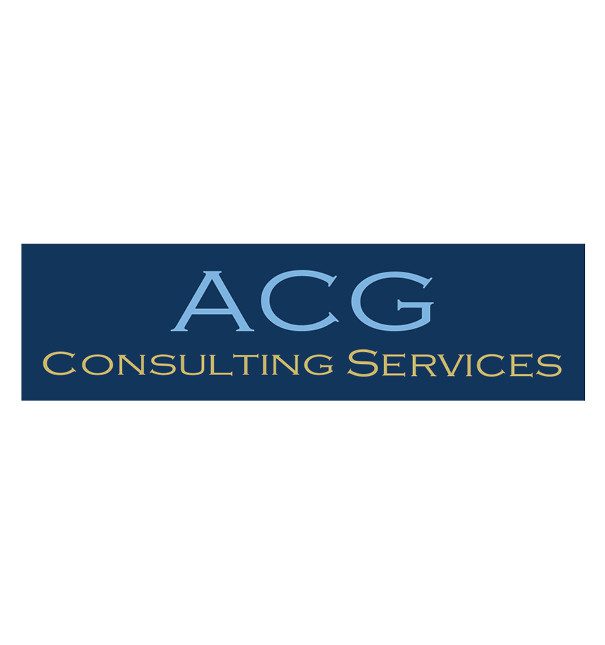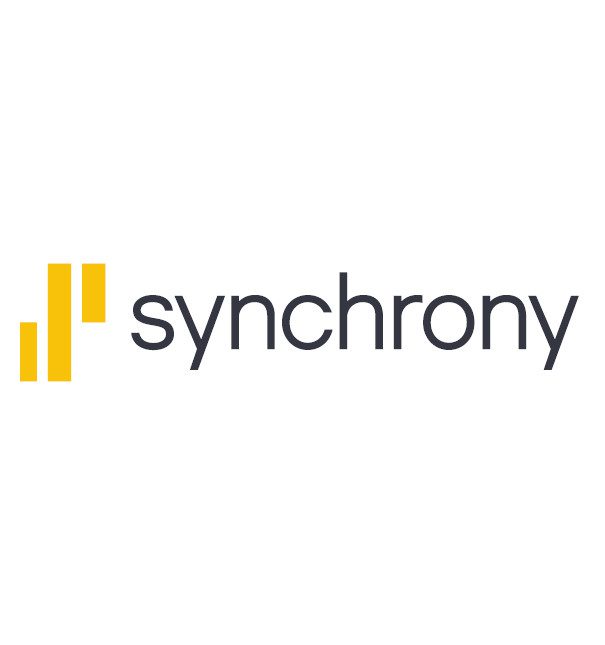The profession of Human Resources is ever-evolving. It’s our job to keep up with and stay ahead of the emerging human resource trends in the marketplace. For those at the top of their game, it requires the constant pursuit of information and practices that differentiate them from others. That requires “out of the box” thinking.
Most businesses in the home furnishings industry experience similar challenges, especially when it comes to attracting and retaining talent. It’s time to tackle these old problems with a fresh perspective, using less traditional methods.
When it comes to finding talent, several groups with higher unemployment rates could greatly benefit from an established partnership. For instance, you may look at people recently emancipated from the foster care system, victims of abuse or trafficking who have gone through rehabilitation programs, people with disabilities, and those who have served time for non-violent crimes. Many of these people are hungry for an opportunity. They are trying to figure out how to navigate the workforce and are looking for someone to invest time in their development. The additional upside is that the public loves companies that are socially responsible and that promote diversity and inclusion.
Lisa Hawkins, owner of Room to Room in Tupelo, Mississippi, has a culture in which she believes in developing her people. She has been able to give people in her warehouse second chances who are genuinely trying to recover from addiction. “I give them a safe workplace and the resources and tools to stay on track to sobriety. These employees are some of the most loyal employees we have,” Lisa states.
Most organizations have standard benefits packages that include health, dental, retirement plan, and paid time off. Consider innovative ideas such as “pick your start time,” creating daycare facilities onsite, or unlimited PTO. Companies across the USA have implemented many of these. This encourages parents, especially working mothers, to return to work sooner and allows for a smoother transition for when their baby will be school-age. If that is not possible, look to partner with local daycares that can offer discounts for your workers.
Unlimited PTO plans may sound outrageous, but they can be managed simply with the appropriate policy language. Time off, using PTO, can still be required to be approved, and it usually doesn’t allow for more than two consecutive weeks off.
Another human resource trend to consider for widening your pool of candidates is eliminating the educational requirements for your positions. If a person has demonstrated the mastery of skills and abilities needed for a role, formal education should not exclude them from consideration. This is often one of the most significant roadblocks to having diversity in leadership that prevents many people from underrepresented groups from achieving higher-paying roles and positions.
Performance reviews are among the biggest causes of contention for workers and managers. There is a trend actually to do away with them. An alternative would be to use a development plan, which focuses on each employee’s career goals, and provides them with a roadmap to prepare them for their desired result. Regular one-on-one check-ins and feedback sessions can still occur without completing the formal performance review process.
Each organization should examine whether they want to follow a traditional model or stay on the cutting edge regarding the different human resource trends. Regardless of the strategy, it is vital to understand the hearts and minds of the employees and the potential employees each organization wants to reach.










